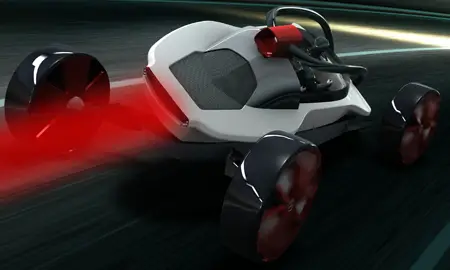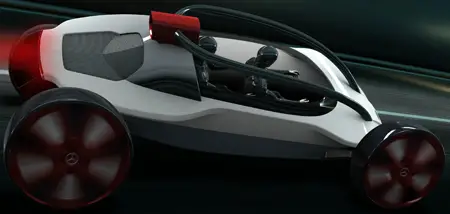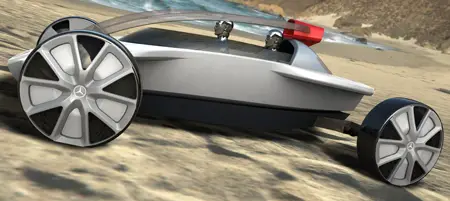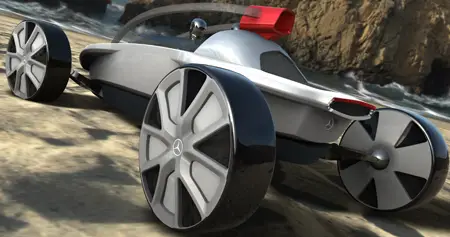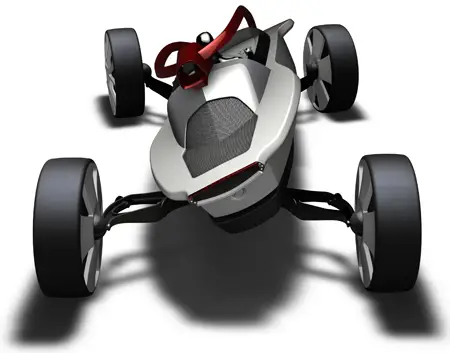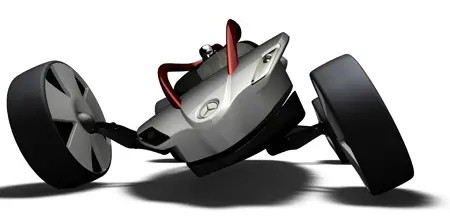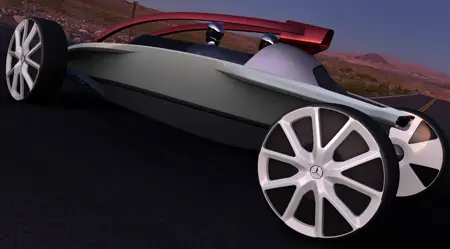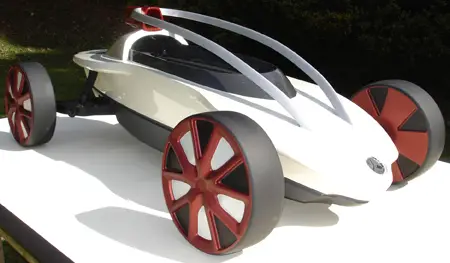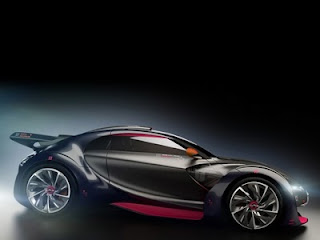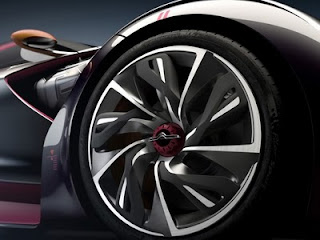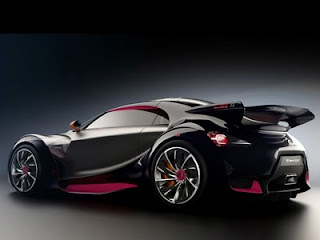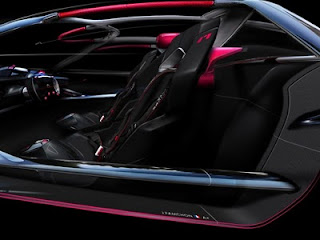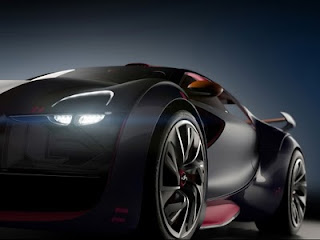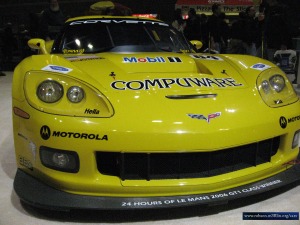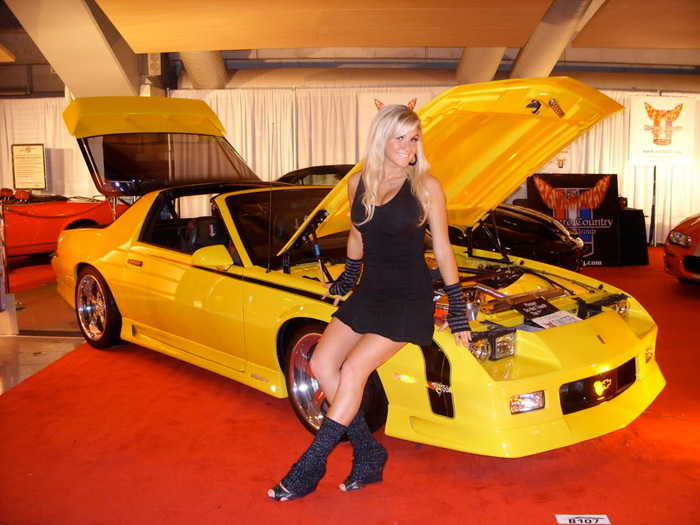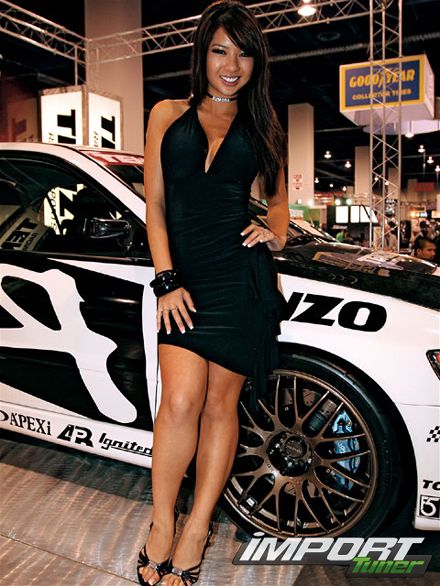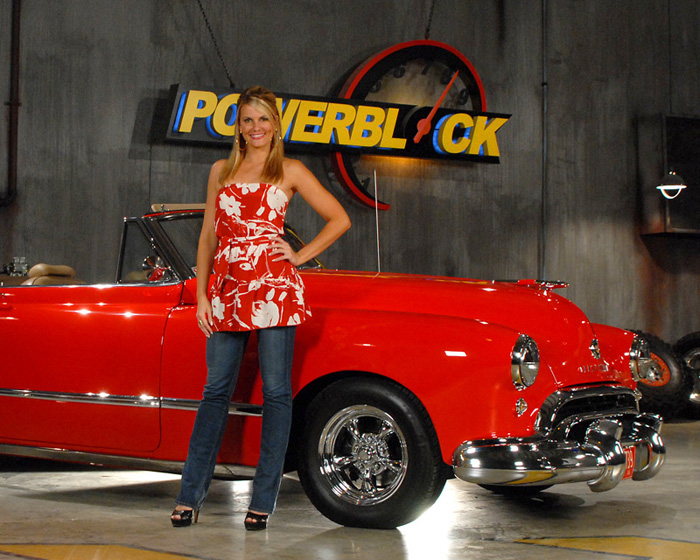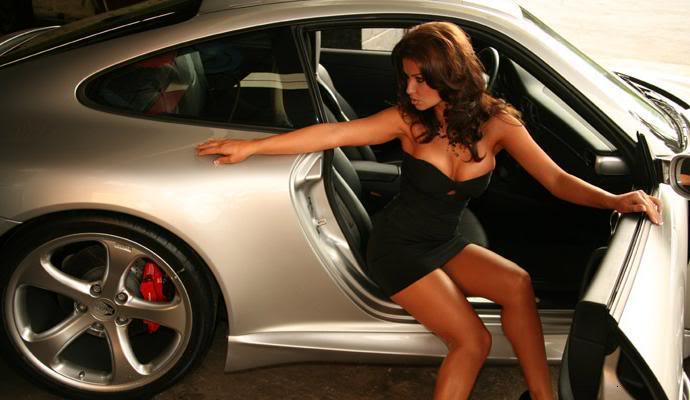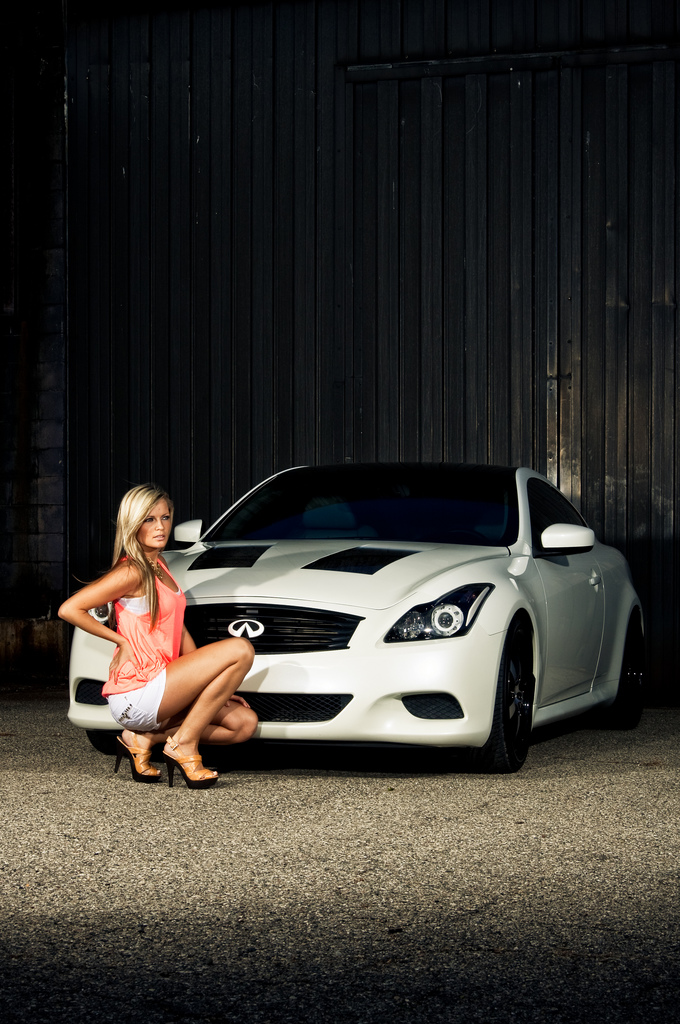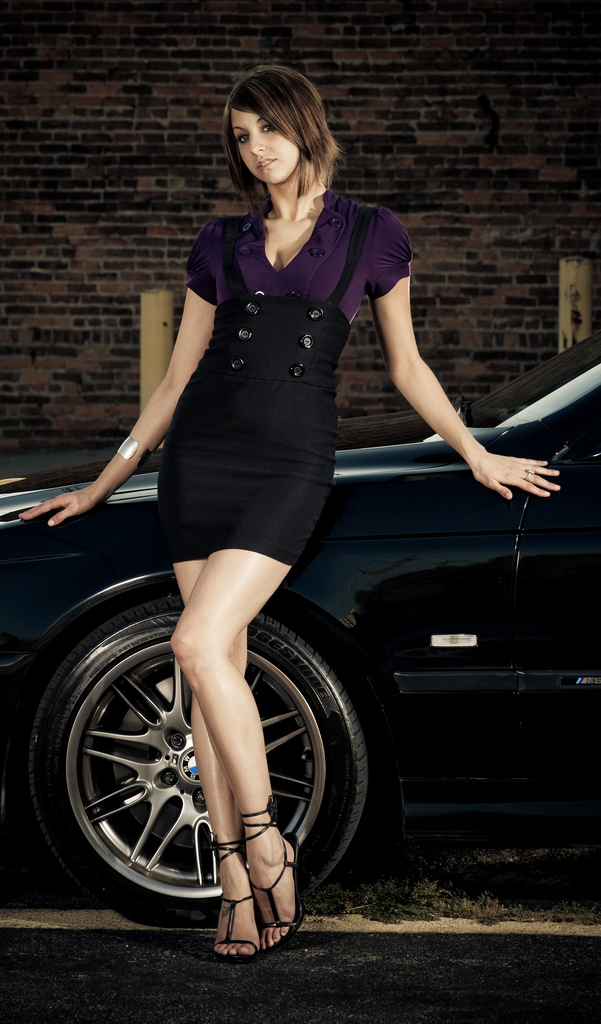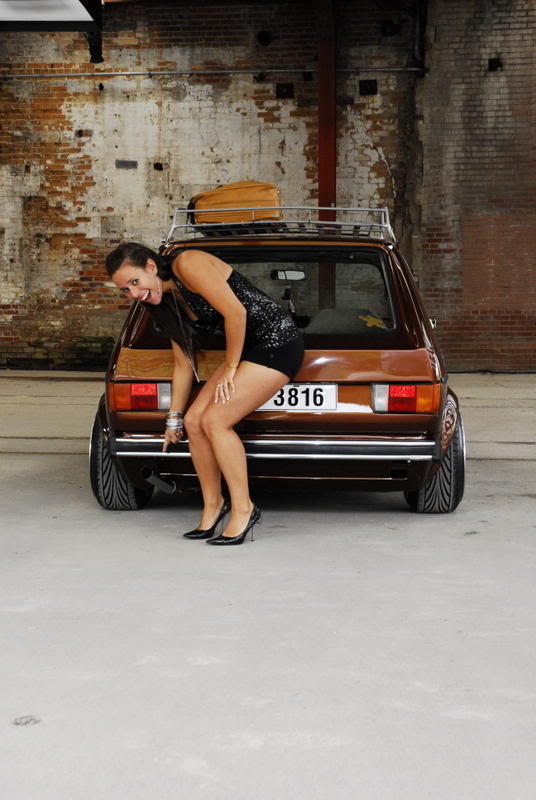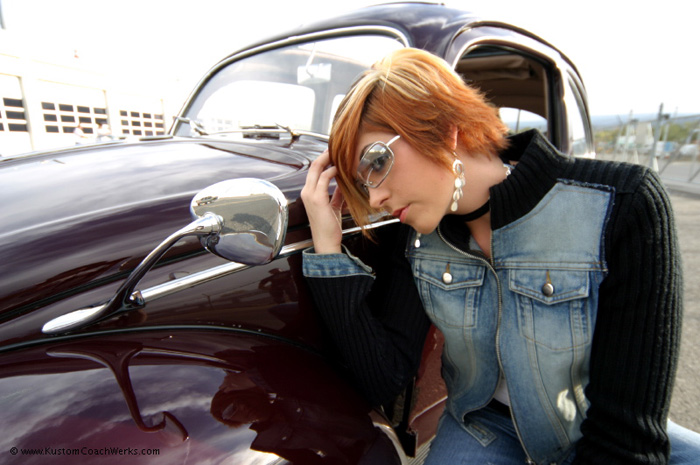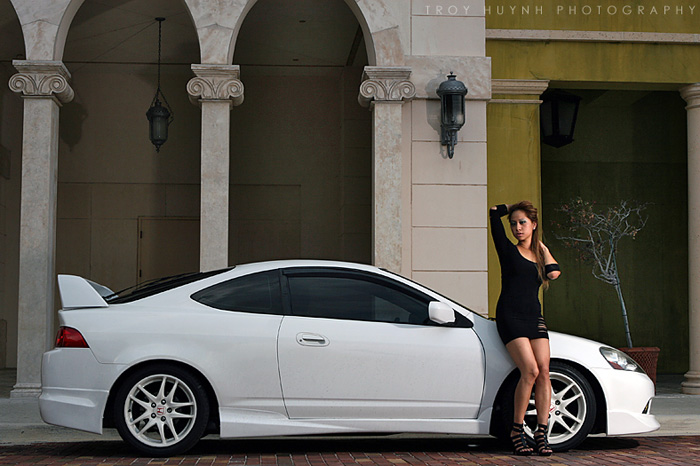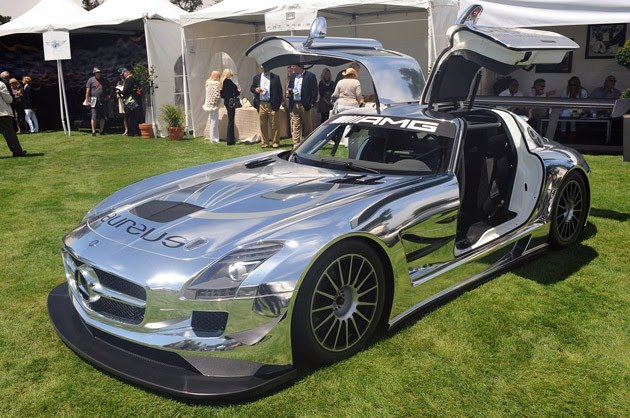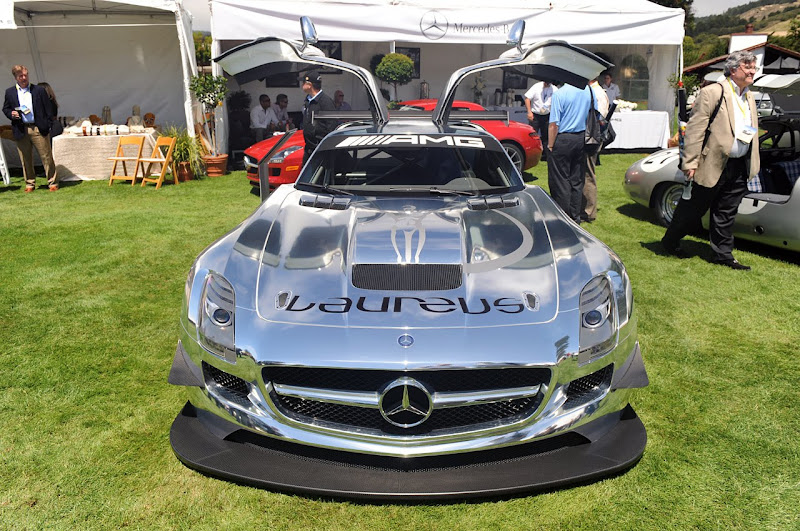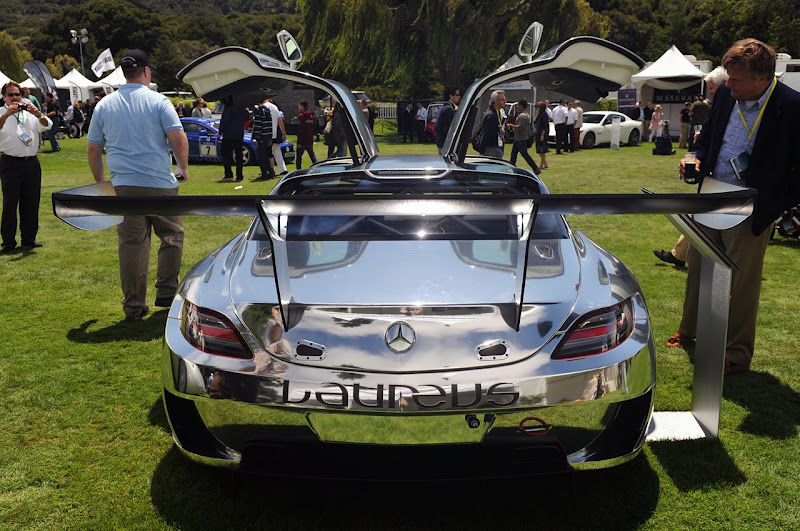Conservando Seu Carro
Motor :
Não permita, de maneira nenhuma, que o motor trabalhe em rotações muito baixas. Andar, por exemplo, a 40 Km/h em quarta marcha, representa uma carga muito forte para o motor.
Da mesma forma, nunca ultrapasse o limite de giros. Ir além dar faixa vermelha do conta giros pode comprometer a vida útil do motor e, em situações extremas, entortar válvulas, quebras as bielas ou danificar o bloco do motor. Mesmo no inverno, não deixe o motor funcionando muito tempo para aquecer. A temperatura ideal é atingida mais facilmente com o carro em movimento. Basta dirigir com suavidade. Nas trocas de óleo, jamais coloque o líquido além do nível indicado. O excesso acaba sujando as velas, prejudicando a queima de combustível. O carro vai acabar perdendo potência e consumindo mais combustível. Para garantir medição precisa, sempre faça a verificação dos níveis de óleo e água com o motor frio. Faça sempre as revisões e trocas de componentes no prazo recomendado pelo fabricante. Nunca abra a tampa do reservatório de água com o motor quente. Isso acaba despressurizando todo o sistema, gerando bolhas de ar que podem prejudicar a circulação da água e, em uma situação extrema, levar ao superaquecimento do motor.
Sistema de freios :
Ao descer uma ladeira, procure usar a mesma marcha que colocaria se estivesse na subida.
Jamais utilize o ponto morto, pois os freios não conseguir segurar o veículo em uma situação de emergência. Além disso, o maior esforço dos freios pode levar os discos e pastilhas ao superaquecimento. O carro pode ficar sem freios. Cheque mensalmente o nível do fluido de freio. Quando for completá-lo, tome cuidado para não deixar cair nenhuma partícula de sujeira. Qualquer resíduo pode comprometer o perfeito funcionamento do sistema. Ao aproximar o carro de cruzamentos e semáforos, tire o pé do acelerador e mantenha a marcha engatada para que o motor diminua a velocidade do carro. Você evita freadas bruscas e preserva discos e pastilhas de freio.
Transmissão :
Não descanse o pé no pedal da embreagem enquanto dirige. Este é um hábito muito comum entre os motoristas, mas que pode provocar a queima do disco da embreagem. Além disso, os rolamentos e o volante do motor podem ser danificados. Quando parar em ladeiras, jamais segure o carro pisando no acelerador e na embreagem ao mesmo tempo. Esse procedimento, além de aumentar o consumo de combustível, desgasta o conjunto de disco e platô da embreagem, diminuindo sua vida útil. Ao parar em semáforos, é aconselhável colocar o câmbio em ponto morto, evitando ficar com a embreagem acionada por muito tempo. Esse procedimento, por mais simples que pareça, ajuda muito a prolongar a vida útil de todo o conjunto.
Sistema elétrico :
Não tente dar a partida por mais de sete segundos seguidos. Se necessário, aguarde vinte segundos entre cada nova tentativa. Acionar insistentemente a ignição pode acabar descarregando a bateria. Não utilize detergente comum no reservatório de água do limpador de pára-brisas. Coloque apenas produtos indicados pelo fabricante, pois a oleosidade de certos produtos podem acabar forçando a bomba elétrica. Além disso, a borracha das paletas pode ficar ressecada, forçando uma troca desnecessária. Evite acionar a bomba elétrica do limpador por mais de 30 segundos ou com o reservatório vazio, porque isso pode danificá-la. Carro com injeção eletrônica requer cuidados especiais na hora de se fazer a ligação direta (popularmente conhecida como "chupeta"). Siga os seguintes passos :
1- Ligue o carro para prover energia.
2- Conecte primeiro os pólos positivos de cada cabo e, em seguida, os pólos negativos.
3- A seguir, acelere o carro para liberar a energia em marcha lenta (cerca de 1500 rpm).
4- Acione a chave do carro que está recebendo a energia.
5- Depois que ele pegar, ligue o farol alto e o desembaçador elétrico (dispositivos que consomem mais energia, evitando variações de corrente que podem prejudicar o funcionamento da injeção).
6- Só então desconecte os cabos.
Economia de combustível :
Evite freadas e aceleradas bruscas. Não acelere desnecessariamente, seja com o carro parado ou em movimento. Sempre que possível, rode com as janelas fechadas. Dessa maneira, a resistência do ar diminui, propiciando uma boa economia de combustível. Faça verificações periódicas dos filtros de ar e de combustível, trocando-os nas quilometragens recomendadas pelo fabricante do veículo. Jamais ultrapasse a capacidade de carga de seu veículo. Além de mais consumo de combustível, haverá um desgaste de todo o sistema de suspensão, freios e pneus. Nas estradas, assim que o carro atingir a velocidade desejada, vá soltando aos poucos o pedal do acelerador. Não acelere o carro antes de desligar o motor. Este procedimento era necessário antigamente, quando o coletor tinha que ficar com combustível para o automóvel pegar com maior facilidade mais tarde. Atualmente isso representa apenas aumento no consumo de combustível. Além disso, isso pode provocar danos no catalisador, aumentando a emissão de poluentes, prejudicando o desempenho.
Pneus :
Os sulcos existentes nos pneus não podem ter profundidade inferior a 1,6 milímetros.
Os pneus trazem indicadores de desgaste. Estão localizados em seu costado, entre os sulcos e em alto-relevo. Quando eles se tornam visíveis, chegou a hora de substituir o pneu.
Evite rodar com pneu vazio: o estrago pode atingir a roda. Em caso de furos, pneus em bom estado aceitam consertos sem problemas, podendo rodar ainda por muitos quilômetros. Mas fique atento: observe se o borracheiro utiliza ferramentas e materiais adequados. Nunca permita que ele retire o pneu com uma marreta, pois há o perigo de prejudicar tanto a estrutura do pneu quanto o aro da roda. No caso de estragos maiores, como um corte, o ideal é procurar o atendimento ao consumidor do fabricante do pneu. O conserto em borracharia pode gerar uma bolha e problemas futuros. Evite dirigir em alta velocidade, pois exige maior esforço da carcaça, provocando superaquecimento e acelerando o desgaste.
Fazer curvas em alta velocidade forçam o atrito, causando desgaste excessivo nas laterais da banda de rodagem. Evite freadas e arrancadas bruscas, que favorecem o desgaste irregular. Subir e descer a guia da calçada pode causar cortes ou quebras na estrutura do pneu. Evite ao máximo esse tipo de manobra. Ao estacionar, não encoste a lateral dos pneus no meio fio. Esse procedimento pode resultar em separações na estrutura. Não estacione sobre óleo, solventes ou outros derivados de petróleo. O contato dos pneus com esse tipo de produto agride a estrutura do pneu e pode provocar um desgaste prematuro. Não rode com excesso de carga no veículo: pode haver deformação e quebra da estrutura dos pneus, além do comprometimento de todo o sistema de suspensão. Evite ao máximo impactos violentos em buracos ou obstáculos. Podem surgir bolhas ou mesmo haver a quebra da estrutura do pneu
Outras Dicas :
1 - Se o seu carro possui ar condicionado, no inverno, acione-o por pelo menos trinta minutos no período a cada trinta dias. O sistema pode ficar com o funcionamento comprometido com a falta de utilização.
2 - Ao fechar a tampa do capô, o ideal é soltá-lo a cerca de um palmo de altura. Evite apoiar-se em áreas flexíveis para não amassá-la.
3 - Nunca utilize palhas de aço para limpar os vidro de seu automóvel. Use limpa-vidros ou álcool com jornal, que não deixa vestígios de fiapos como o pano.
4 - Se o vidro traseiro possui desembaçador, cuidado ao limpar a parte interna. Jamais utilize produtos abrasivos, nem encoste objetos pontudos ou cortantes, para não danificar os filetes de aquecimento.
5 - Jamais pulverize a parte inferior do carro com querosene ou óleos minerais, procedimentos que são muito comuns nos postos de gasolina. Esse tipo de produto resseca as borrachas e acaba estragando lonas e pastilhas de freio.
6 - Se o veículo possuir catalisador, evite fazê-lo pegar no tranco. O combustível ainda não queimado pode se alojar no interior do equipamento, o que aumenta o risco de superaquecimento do motor.
Recomendações gerais :
- Use sempre as medidas indicadas pelo fabricante do veículo, que são informadas no manual do proprietário. Tamanhos diferentes daqueles recomendados alteram o comportamento da direção, tornando o carro inseguro.
- Prefira o desenho da banda de rodagem compatível com seu tipo de carro e uso. Não coloque pneus lameiros em carros que rodam basicamente no asfalto, nem dirija com pneus para asfalto na terra.
- Não monte pneus com tamanhos e construções diferentes em um mesmo veículo: utilizar diagonais e radiais em um mesmo carro o tornará instável.
- Para igualar o uso dos cinco pneus do carro (incluindo o estepe), faça um rodízio pelo menos a cada 10 000 quilômetros. Ele compensará as diferenças do desgaste, permitindo aumento de quilometragem e proporcionando boa estabilidade.
A hora de balancear :
O primeiro sinal de que é preciso fazer um balanceamento das rodas é o aparecimento de trepidações no volante. Fique atento, também, a qualquer desgaste irregular dos pneus.
Rodas desbalanceadas danificam os pneus, diminuindo sua vida útil. Além disso, provoca um grande desconforto em situação de uso, devido às trepidações que são transmitidas ao volante e ao sistema de suspensão (que também terá sua vida útil encurtada). Faça o balanceamento toda vez que trocar os pneus, quando fizer rodízio das rodas ou após fazer algum tipo de reparo no pneu ou na câmara.
Quando for calibrar :
Tenha sempre o cuidado de rodar com a pressão correta, pois a calibragem incorreta é o principal fator que diminui a vida útil dos pneus. A calibração deve acontecer semanalmente, sempre com pneus frios Calibre os pneus sempre que for pegar estrada. Excepcionalmente nessas condições, é aconselhável utilizar duas libras acima da normalmente recomendada. Aproveite a calibragem para certificar-se de que as válvulas não apresentam vazamentos e que estão com suas respectivas tampas, evitando a penetração de umidade no interior do pneu. Utilizar pressão abaixo da recomendada aumenta a área de contato do pneu com o solo, provocando rapidamente o desgaste nas laterais da banda de rodagem. Isso diminui a durabilidade, piora o consumo de combustível, superaquece os pneus e pode gerar quebras e separações dos componentes de sua estrutura. A pressão acima da indicada altera o contato do pneu com o solo, acelerando o desgaste no centro da banda de rodagem. Além disso, o supertensionamento da carcaça o torna mais suscetível a cortes, prejudica o conforto ao rodar e diminui a aderência. Não descanse o pé no pedal da embreagem enquanto dirige. Este é um hábito muito comum entre os motoristas, mas que pode provocar a queima do disco da embreagem. Além disso, os rolamentos e o volante do motor podem ser danificados.
Fique atento aos barulhos no seu carro :
Ao dar a partida, fique atendo a qualquer chiado semelhante ao jato de uma torneira. Em geral, esse ruído é provocado por um problema no bêndix do motor de arranque, que futuramente pode vir a afetar o induzido, o automático e a bobina de campo.
Quando for ligar o carro, barulho de peças batendo, associadas a trepidações devem significar que o escapamento ou os dispositivos que dão sustentação ao motor e ao câmbio, protetor do cárter, suporte do coxim e os próprios coxins apresentam problemas.
Os problemas de sustentação do motor ou do câmbio também podem ser percebidos por um tranco forte ao tirar o pé da embreagem, principalmente depois de engatar a primeira marcha. Um barulho semelhante a disparos ininterruptos de uma metralhadora, ao acelerar, indica que a saúde do motor não vai muito bem, pois está "rajando", como se diz popularmente. Vale lembrar que a lubrificação é absolutamente indispensável para a conservação do motor, portanto fique sempre atento ao seu nível e efetue as trocas na quilometragem recomendada pelo fabricante do veículo. Se você passar por buracos e ouvir ruídos de objetos soltos batendo, atenção. Se esses ruídos forem acompanhados de uma trepidação no volante e desgaste irregular nos pneus, provavelmente há algum problema na caixa de direção. Outra hipótese é que algum componente da suspensão esteja desgastado. Faça uma inspeção completa de todo o sistema. Se, ao pisar no freio, você escutar um chiado metálico de ferro contra ferro, está na hora de substituir as pastilhas de freio.
Se você perceber ruídos semelhantes a um bater de panelas, principalmente durante as partidas, o silencioso do escapamento deve estar solto ou quebrado. Pneus cantando em curvas são um indício de que o carro pode estar desalinhado. Isso pode acontecer quando passamos por buracos ou batemos o pneu no meio fio. Ainda nas curvas, preste atenção se não há um ruído contínuo nas curvas fechadas. Se acontecer, pode ser um problema na junta homocinética. Vale a pena prestar atenção no motor em marcha lenta. Um barulho parecido com o de uma máquina de costura indica que as válvulas de admissão e escape, localizadas no cabeçote, estão desreguladas. Nessa situação, o carro perde desempenho e consome mais combustível. Com o carro em movimento, preste atenção em qualquer barulho semelhante ao zumbido de um besouro. Esse tipo de ruído é sinal de um desgaste nos rolamentos da roda e aparece principalmente em alta velocidade.




